At ATDI, we’re listening. So when an air traffic management organisation presented us with a challenge, we were only too happy to help out. As part of our product roadmap, we implement two new features including the calculation of coordination areas and ICAO interference calculations.
The first scenario looks at coordinating AirNav stations (radio navigation aids and Communication systems) in congested airspace. This new feature creates and manages Cylinder Service Volumes (CSV) defined as a radius in NMI, usually centred on the facility with the maximum altitude of the cylinder defined in feet and Tailored Service Volumes (TSV), which are unique shapes of service volume and mainly used for low Enroute, high Enroute and super high Enroute services.


HTZ communications enable the user to calculate the coordination zone for a given aeronautical transmitter (FSPV). Once calculations are complete, HTZ isolates the interfering station/s to minimise the impact on the network.
Another new function for ICAO interference calculations ensures there is sufficient signal at the aircraft's receiver to ensure satisfactory performance at a point in the Frequency Protection Service Volume (FSPV), the point furthest from the ground transmitter. Each proposed frequency is tested to ensure that it meets the formula and the limits defined in ICAO Annex 10, Volumes I and V for sufficient signal strength within the FPSV, as well as meeting the required protection from interference (desired to undesirable D/U signal strength ratio). The interference calculations take into account all interference scenarios (Air-to-air, Air-to-ground, Ground-to-air, Ground-to-ground as applicable), using cylindric frequency protected service volumes (FPSV) with the required D/U protection.


The interference report details information like:

HTZ also manages time-limited assignments (excluding Air shows), as well as identifying free frequency assignments based on the desired service volume and a defined D/U ratio.


This new feature manages coordination based on user-definable coordination zones currently defined as a distance from a country's border. It will display the coordination zone for a given aeronautical transmitter and once calculations are complete, HTZ isolates the interfering station/s to minimise the impact on the network.
All these new functions are available in the latest software update, available from the CRM (2022.7.1).



